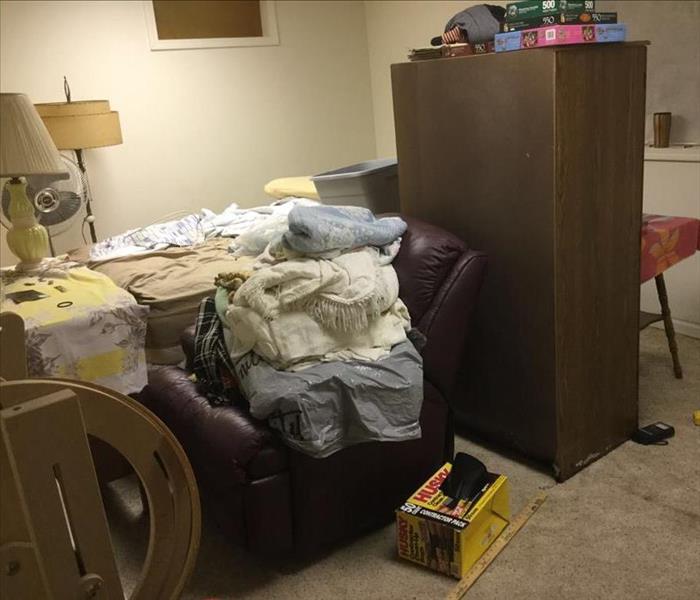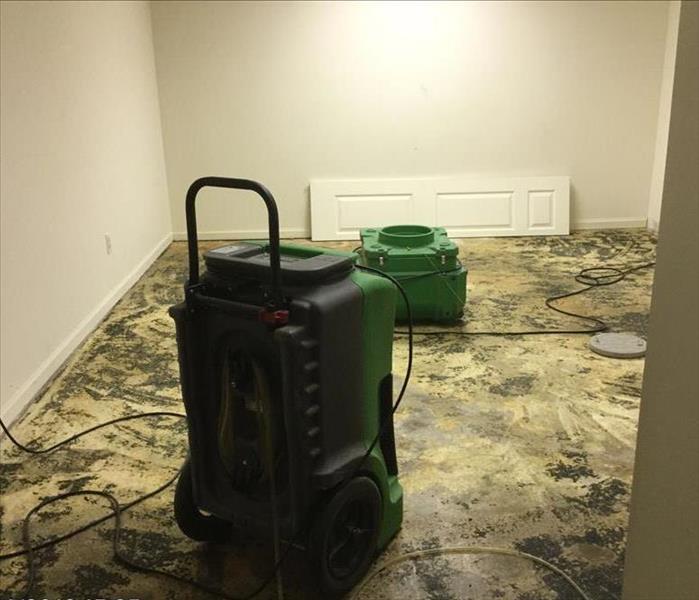
“Mold Removal” vs. Mold Remediation
What’s the Difference?
Molds are microscopic organisms that play an important role in the breakdown of plant and animal matter. Outdoors, molds can be found in shady, damp areas, or places where leaves or other vegetation is decomposing. Indoor molds can grow on virtually any surface, as long as moisture, oxygen, and organic material are present. When molds are disturbed, they release tiny cells called spores into the surrounding air.
How do people get exposed to mold?
Inhalation is considered the primary way that people are exposed to mold. Mold spores and fragments can become airborne and get into the air we breathe. People may also be exposed to mold through the skin. In some cases, people may be exposed to mold through their diet.
What are the most common forms of mold?
According to the Centers for Disease Control and Prevention, the most common indoor molds are:
- Cladosporium
- Penicillium
- Aspergillus
- Alternaria
- Stachybotrys chartarum (also known as black mold)
What can I do to get rid of mold in my home?
- Keep your house clean and dry.
- Fix water problems, such as roof leaks, wet basements, and leaking pipes or faucets.
- Make sure your home is well ventilated, and always use ventilation fans in bathrooms and kitchens.
- If possible, keep humidity in your house below 50 percent, by using an air conditioner or dehumidifier.
- Avoid using carpeting in areas of the home that may become wet, such as kitchens, bathrooms, and basements.
- Dry floor mats regularly.
Signs of Mold? Call Today – (660) 665-3390
Understanding Mold
When water intrudes into your property, mold growth can start in as little as 48 hours. Consider the following mold facts:
- Mold is present almost everywhere, indoors and outdoors.
- Mold spores are microscopic, float along in the air, and may enter your home through windows, doors, or AC/heating systems or even hitch a ride indoors on your clothing or a pet.
- Mold spores thrive on moisture. Mold spores can quickly grow into colonies when exposed to water. These colonies may produce allergens and irritants.
- Before mold remediation can begin, any sources of water or moisture must be addressed. Otherwise, the mold may return.
- Mold often produces a strong, musty odor, and that odor can lead you to possible mold problem areas.
- Even higher-than-normal indoor humidity can support mold growth. Keep indoor humidity below 45 percent.
The Mold Remediation Process
Every mold damage scenario is different and requires a unique solution, but the general mold remediation process stays the same. Learn more about our mold remediation process.
- Emergency Contact - (660) 665-3390
- Inspection and Mold Damage Assessment
- Mold Containment
- Air Filtration
- Removing Mold and Mold-Infested Materials
- Cleaning Contents and Belongings
Locally Owned Company with National Resources
SERVPRO of Kirksville is locally owned and operated—so we live and work here too and are proud to be part of this community. We are also part of a national network of over 2280 Franchises with special Disaster Recovery Teams placed strategically throughout the country to respond to large-scale disasters.
We are proud to serve our local communities:




 24/7 Emergency Service
24/7 Emergency Service




